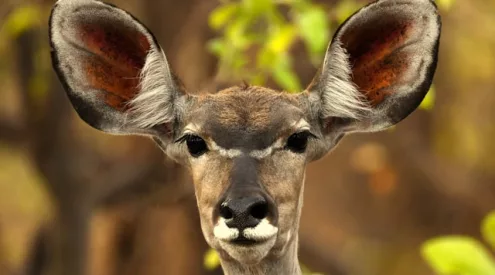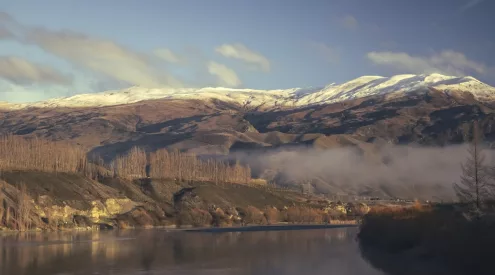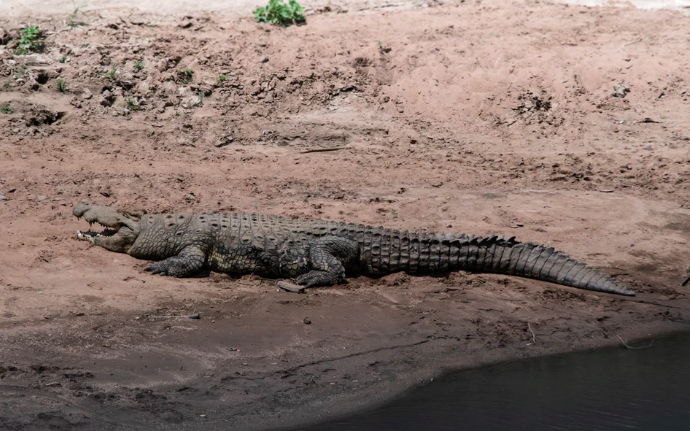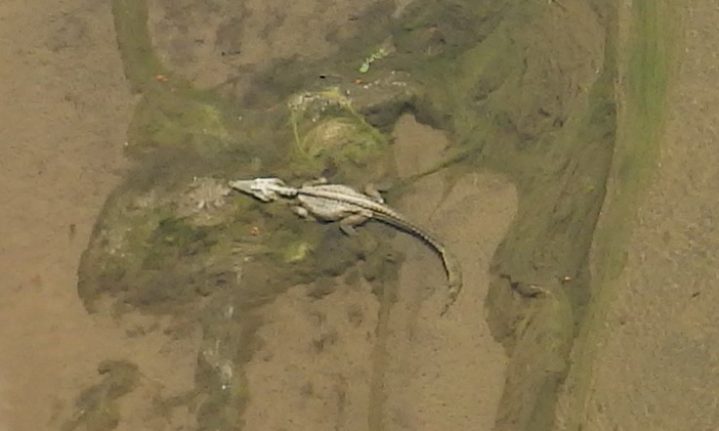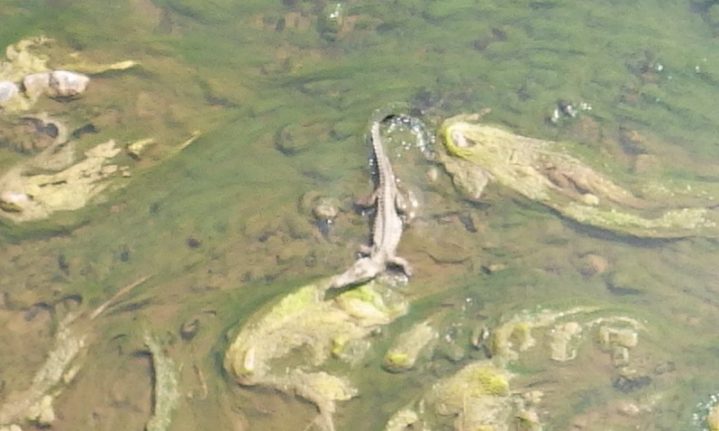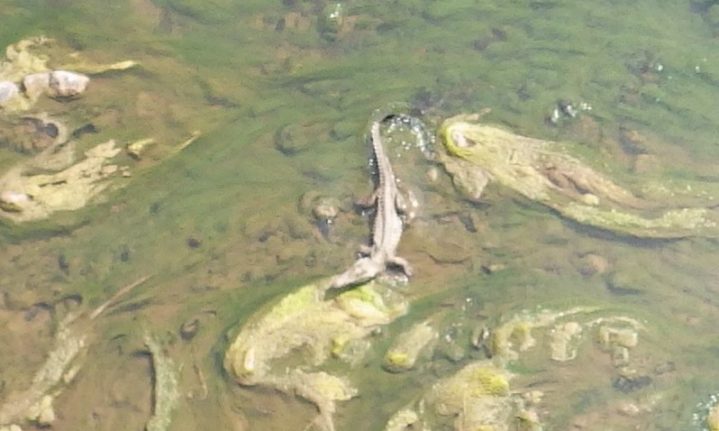Results of an aquatic biomonitoring survey that was conducted in Kruger in September has revealed some harrowing truths about the crocodile population between the western boundary and high-water bridge in the Olifants River.
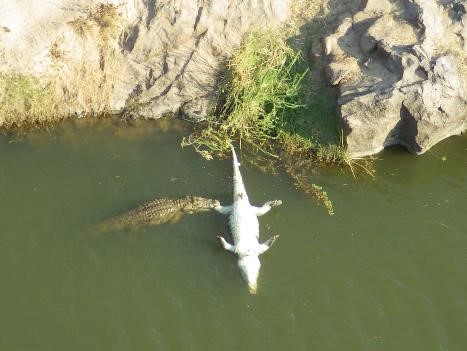
Image: Dr Eddie Riddell
Speaking to IOL, Dr Eddie Riddell, the manager of aquatic biodiversity in Kruger National Park said, ‘A few individual emaciated crocodiles were noticed along the Olifants River and that is typically not seen in a normal year. But obviously the Kruger is very sensitive to the fact we had a big die-off of crocodiles down in the gorge due to pansteatitis.’
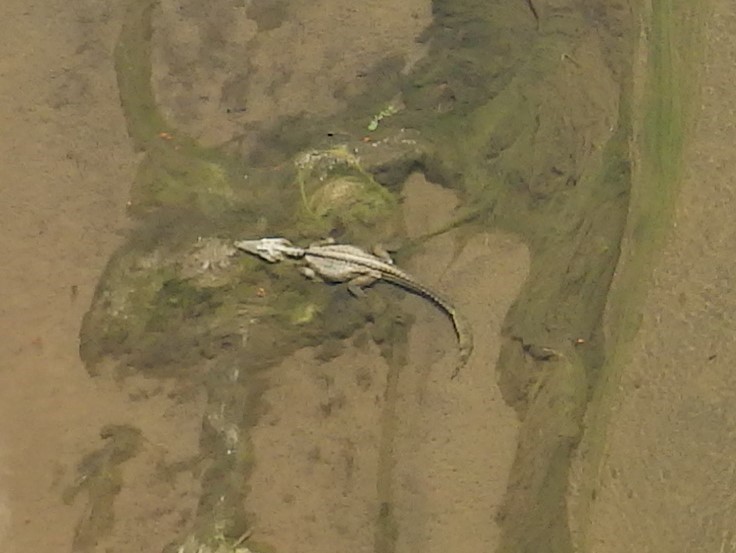
Image: Dr Eddie Riddell
Dr Riddell believes that the cause of death this time around is not pansteatitis. This disease is also known as a yellow fat disease when body fat becomes inflamed.
The condition has been recorded in cats, fish, herons, terrapins and Nile crocodiles, piscivores such as otters, cormorants, Pel’s fishing-owls and fish eagles.
Dr Riddell thinks that a change in the aquatic food chain may be to blame. He says that there are multiple reasons as to why the crocodiles have perished. For example, the river is under stress due to the 5-year drought period. The late start to the rainy season could be behind the change in the food chain.
Also read: Peek inside Kruger Shalati Train on a Bridge
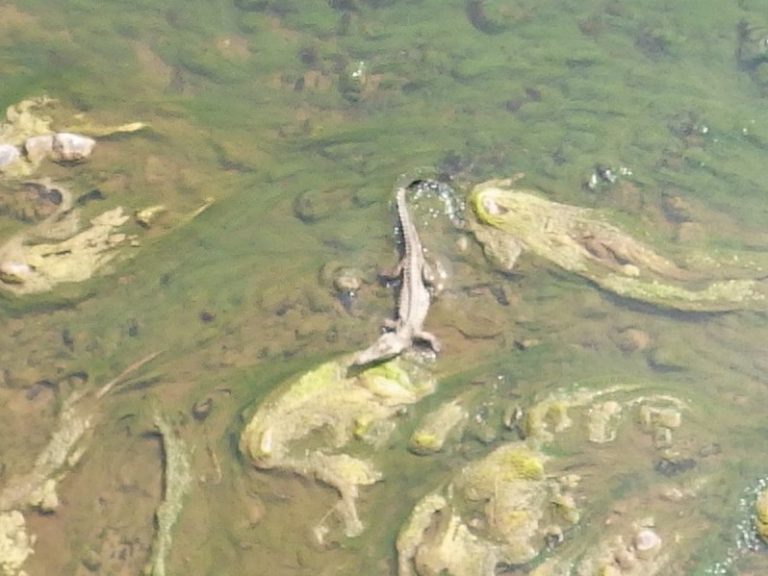
Image: Dr Eddie Riddell
‘We’re getting elevated salts in the system because we’re dealing with these extremely low flows continuously over the past few years and the pollution effect that comes from upstream, whether it’s in the Selati, which is next to us, or even the larger catchment,’ said Dr Riddell.
The multitude of factors has made it difficult to isolate the exact reason behind the starving crocodiles. ‘I think what we’re seeing now is a suite of multiple stressors impacting on the ecosystem,’ concluded Dr Riddell.
Image: Unsplash




